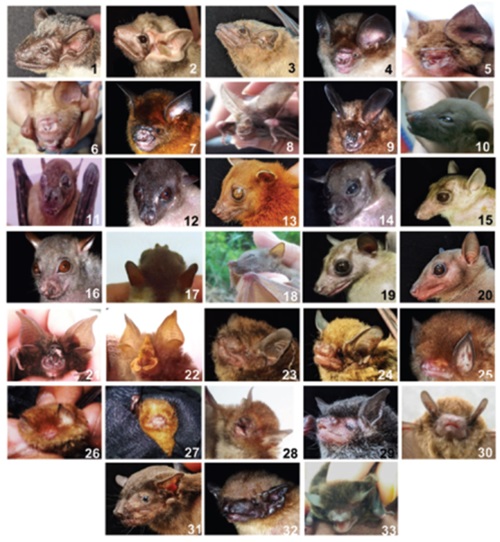STEM Education: The Challenges in Malaysia
By: Dr. Muhammad Asyraf Asbullah
Mathematics, Centre of Foundation Studies for Agricultural Science,
Universiti Putra Malaysia
On 28 February 1991, through the presentation of a paper entitled The Way Forward, Tun Dr Mahathir Mohamad outlined the nine main goals of Vision 2020 and the challenges that must be overcome. One of those goals is to create a scientific and progressive society that is a consumer of technology and a contributor to the scientific and technological civilization of the future. In demanding the results of Vision 2020, Malaysia needs quality human resources and an adequate quantity of human capital in the field of science and technology.

Since 1967, the Malaysian government has targeted a 60:40 percentage, which is the ratio of student participation in science to literature for that purpose. Since then, the 60:40 ratio policy has been practised in the national education system. In addition, the National Education Policy has emphasized that secondary schools can achieve the 60:40 ratio. The Ministry of Education Malaysia has subsequently produced an Education Development Plan from 2001-2010 to realize Vision 2020. The main focus of the Education Development Plan 2001-2010 is on the issues and challenges of education in Malaysia within 10 years to produce skilled people, especially in the field of science and technology.
An article from Humanities 2014, "Faktor penyumbang kepada kemerosotan penyertaan pelajar dalam aliran sains: Satu analisis sorotan tesis" highlighted a study on several postgraduate theses for 2001 - 2010 has identified the root cause of the lack of student involvement. Despite the government's attempts to design current legislation, execute multiple action plans, and improve strategies to solve the 60:40 non-performer of the science-literature ratio, the results obtained are far from sufficient. According to statistics on the percentage of secondary school students participating in various streams since 1981 - 2010 released by the Ministry of Education, Malaysia shows that the 60:40 ratio has never been achieved!

Apart from the number of student participation that did not reach the target, it was even more worrying when the international assessment programs PISA and TIMSS reported a decline in science and mathematics achievement in Malaysia. According to an article published in the 2016 Malaysian Journal of Society and Space entitled "Memperkasa pembangunan modal insan Malaysia di peringkat kanak-kanak: Kajian kebolehlaksanaan dan kebolehintegrasian pendidikan STEM dalam kurikulum PERMATA Negara", states that Malaysia's position in TIMSS and PISA findings is far left behind. The article reported that the percentage of Malaysian students failing to achieve the minimum benchmark in Mathematics was almost 60%. In comparison, 43% of students did not reach the minimum standard in science.
This has led the government to review the country's education system and build a long-term planning plan with a major emphasis on Science, Technology, Engineering and Mathematics (STEM) education. Bernama reported on April 9, 2015, that the Ministry of Education, through the Malaysia Education Development Plan (PPPM) 2013-2025, will implement various strengthening strategies for STEM subjects to produce more experts in the field for the country's benefit.
To solve the country's STEM problems and increase student interest, student-centred learning approaches and information and communication technology can produce meaningful learning. However, significant learning with such a strategy is effective if the ratio of science and mathematics teachers to the number of science and mathematics students is optimal. Next, meaningful learning can also happen brilliantly through efforts to open up more science and math classes with smaller class sizes. Hence, teachers provide significant space and time to help their students understand science concepts in more depth and master important science process skills. Teachers have the opportunity to analyze and assess the achievement and mastery of each student on an ongoing basis in ensuring that interest in science and mathematics always blossoms in the souls of students. In fact, the strategy of narrowing the teacher: student ratio and class size can also solve the problem of dumping the placement of graduates of science and mathematics teachers.
References: Indahnya Integer: Inspirasi Melalui Kehidupan Seharian. Sains-lah Vol. 2, MajalahSains, 2017.
Date of Input: 19/03/2022 | Updated: 19/03/2022 | hasniah
MEDIA SHARING




























